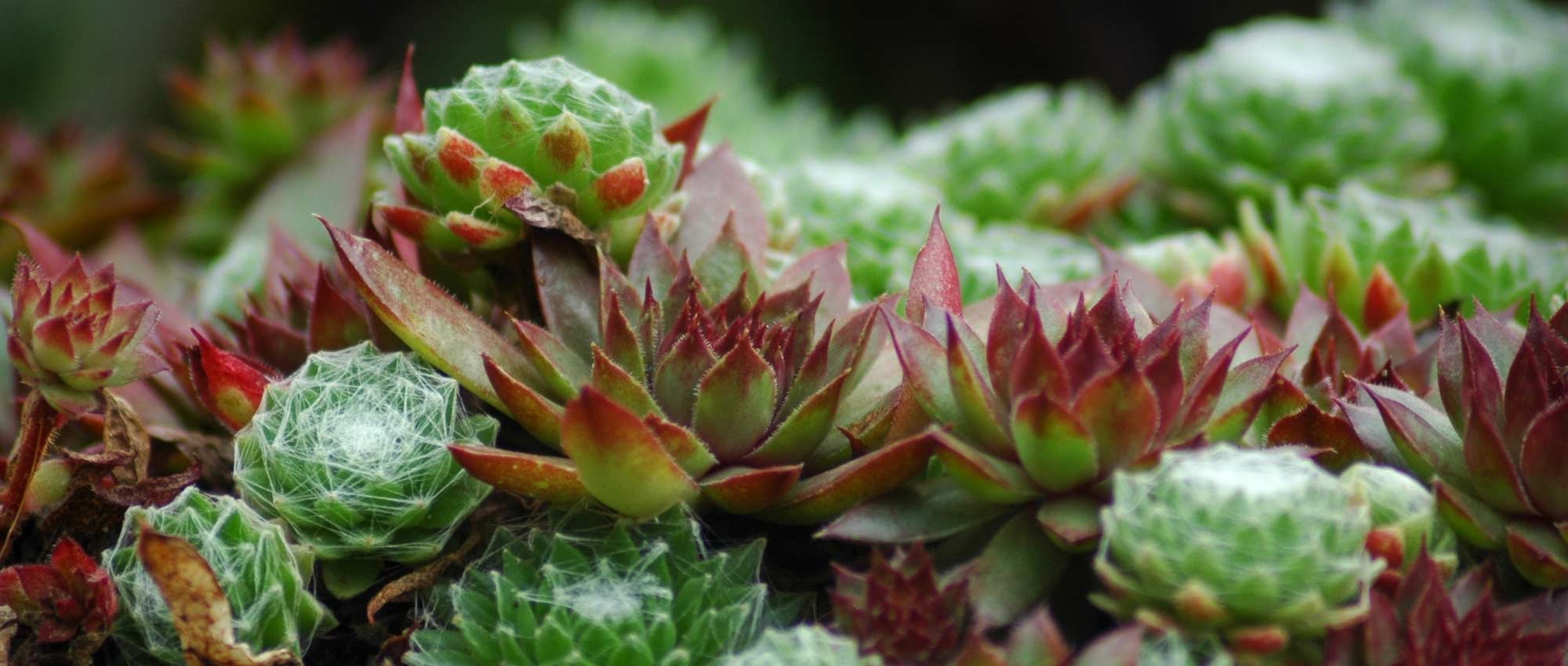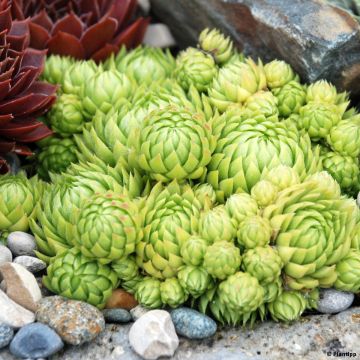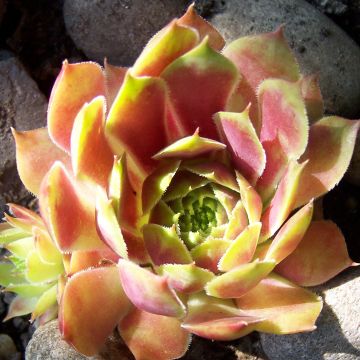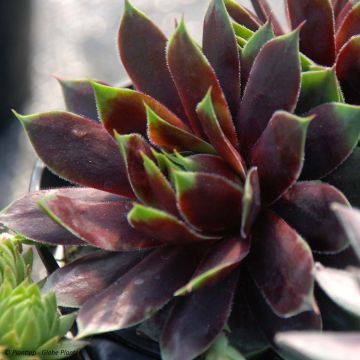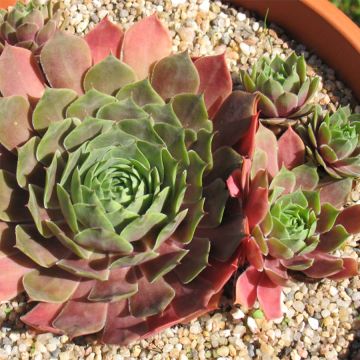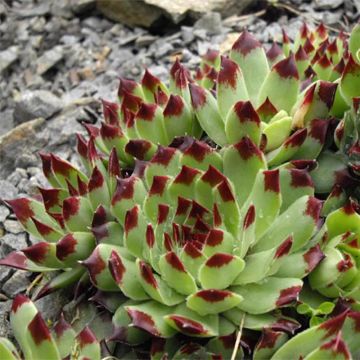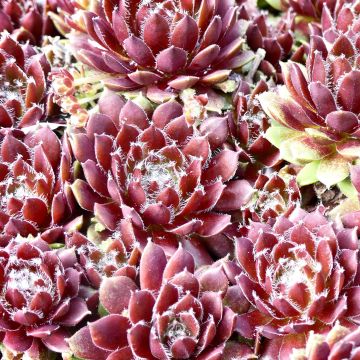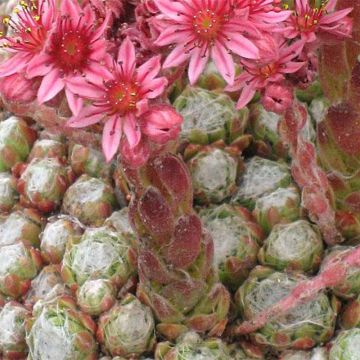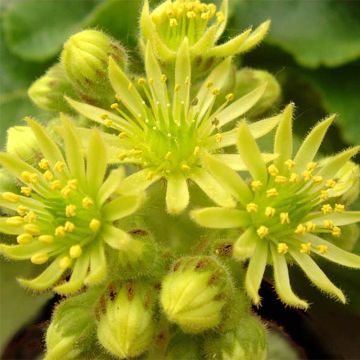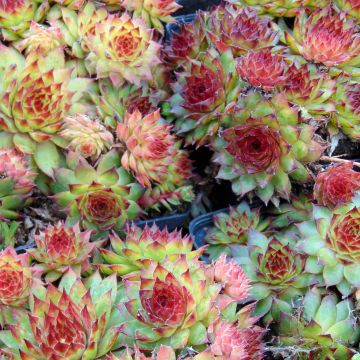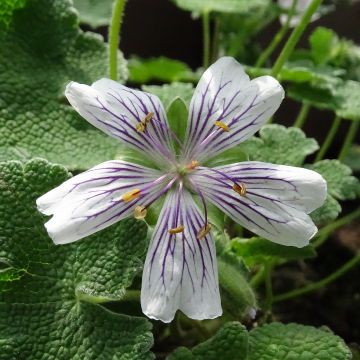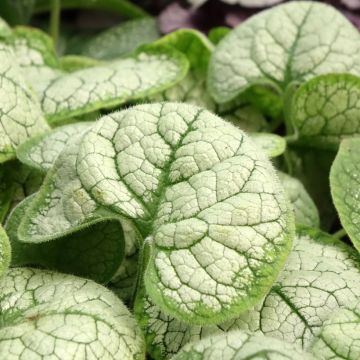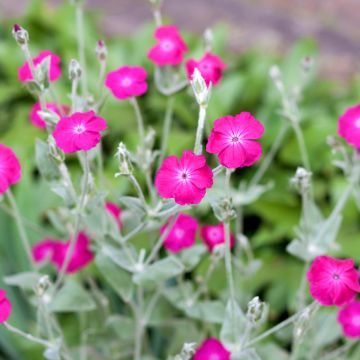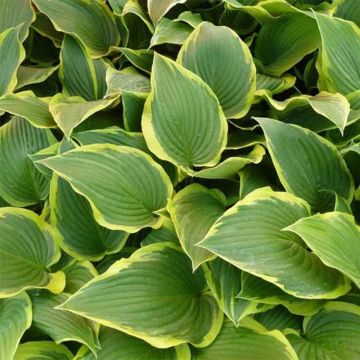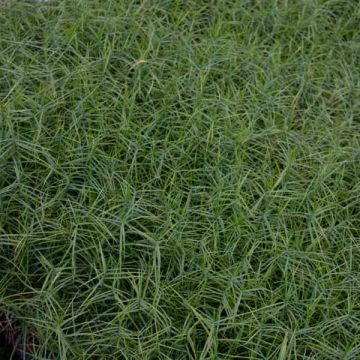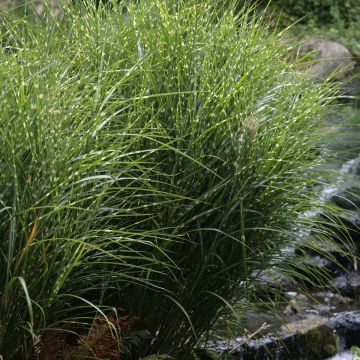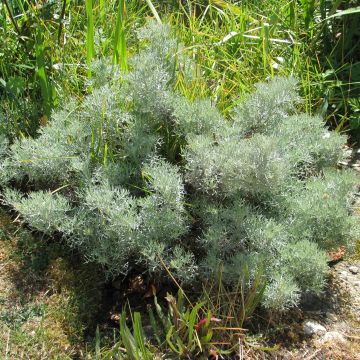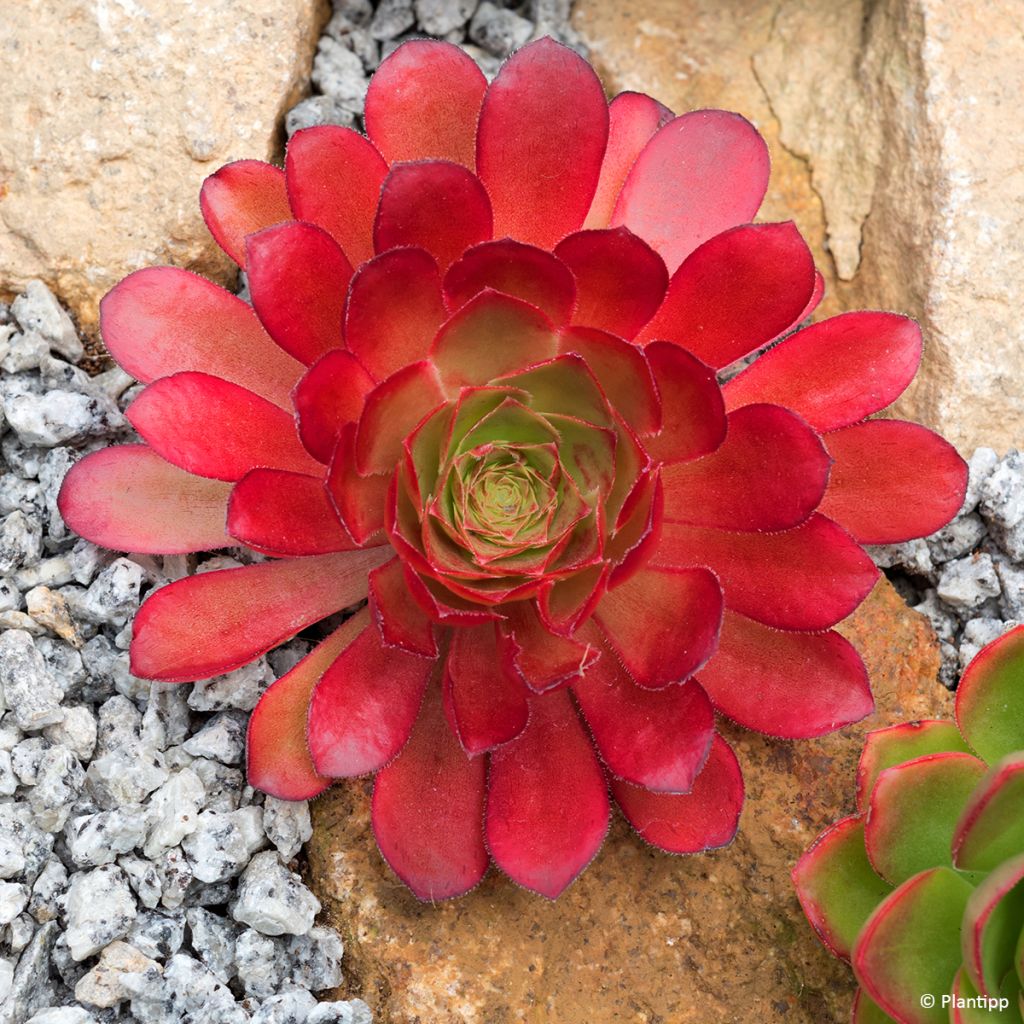

Semponium Sienna
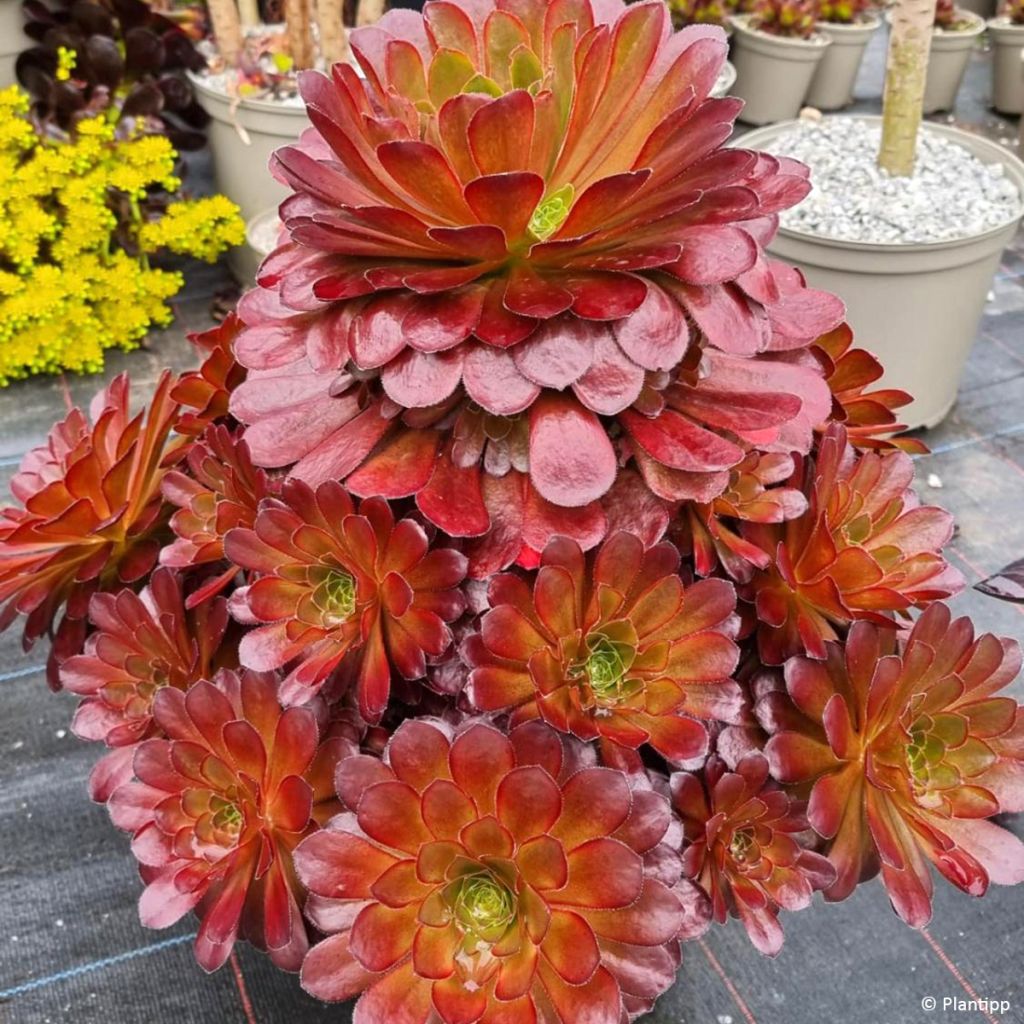

Semponium Sienna
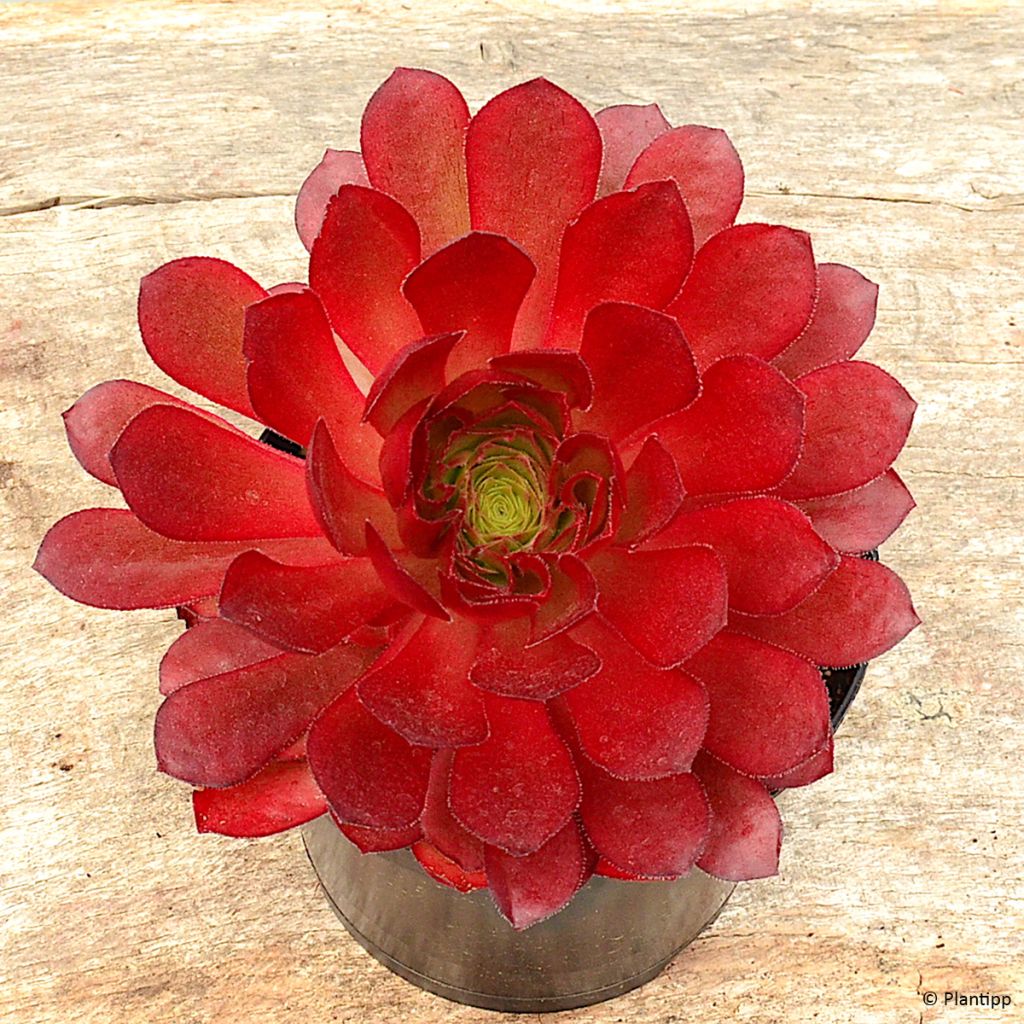

Semponium Sienna
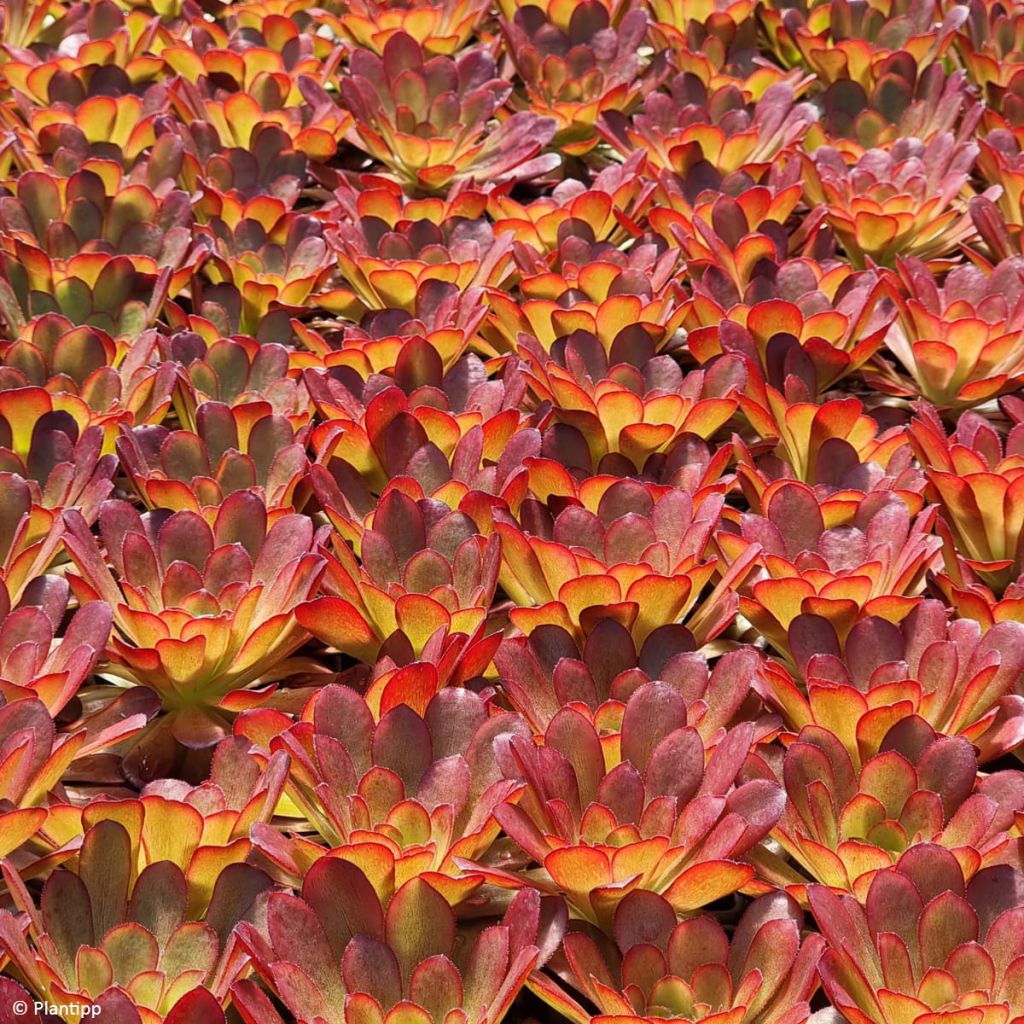

Semponium Sienna
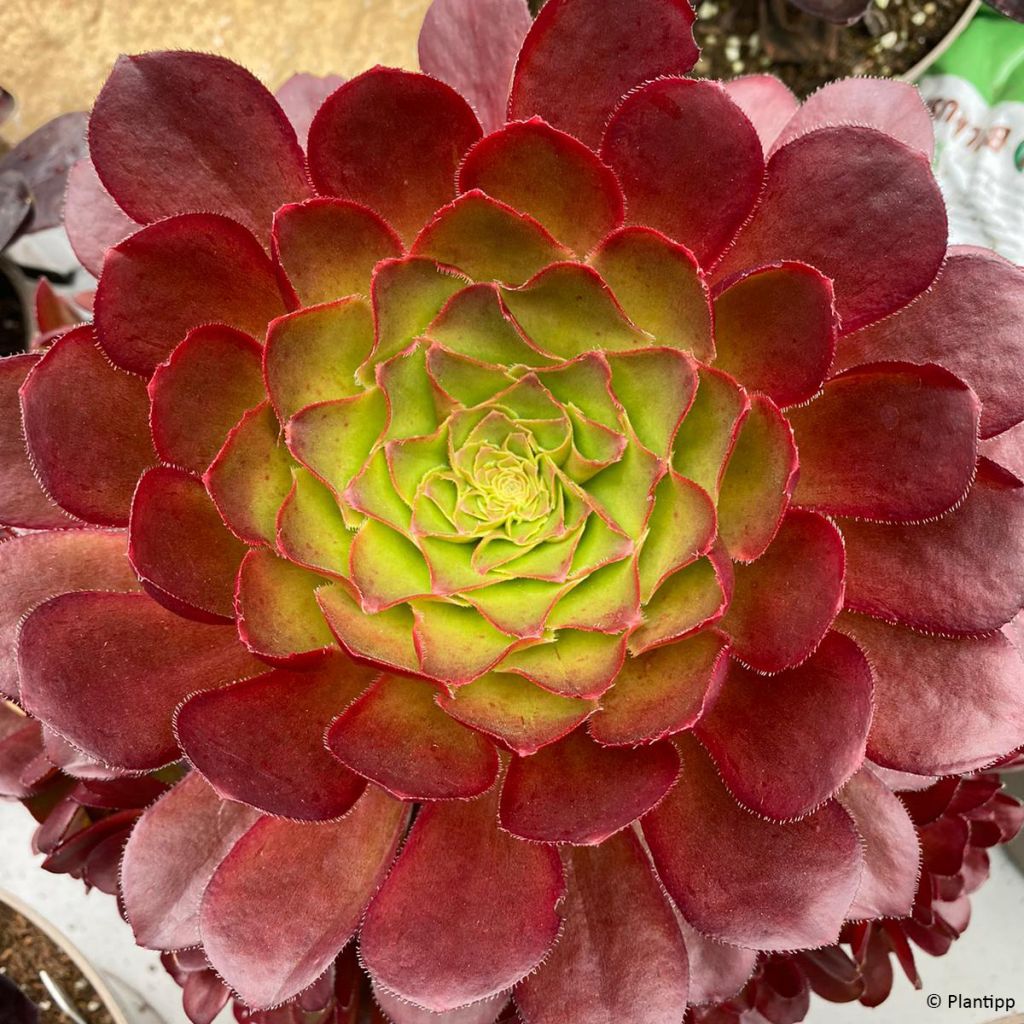

Semponium Sienna
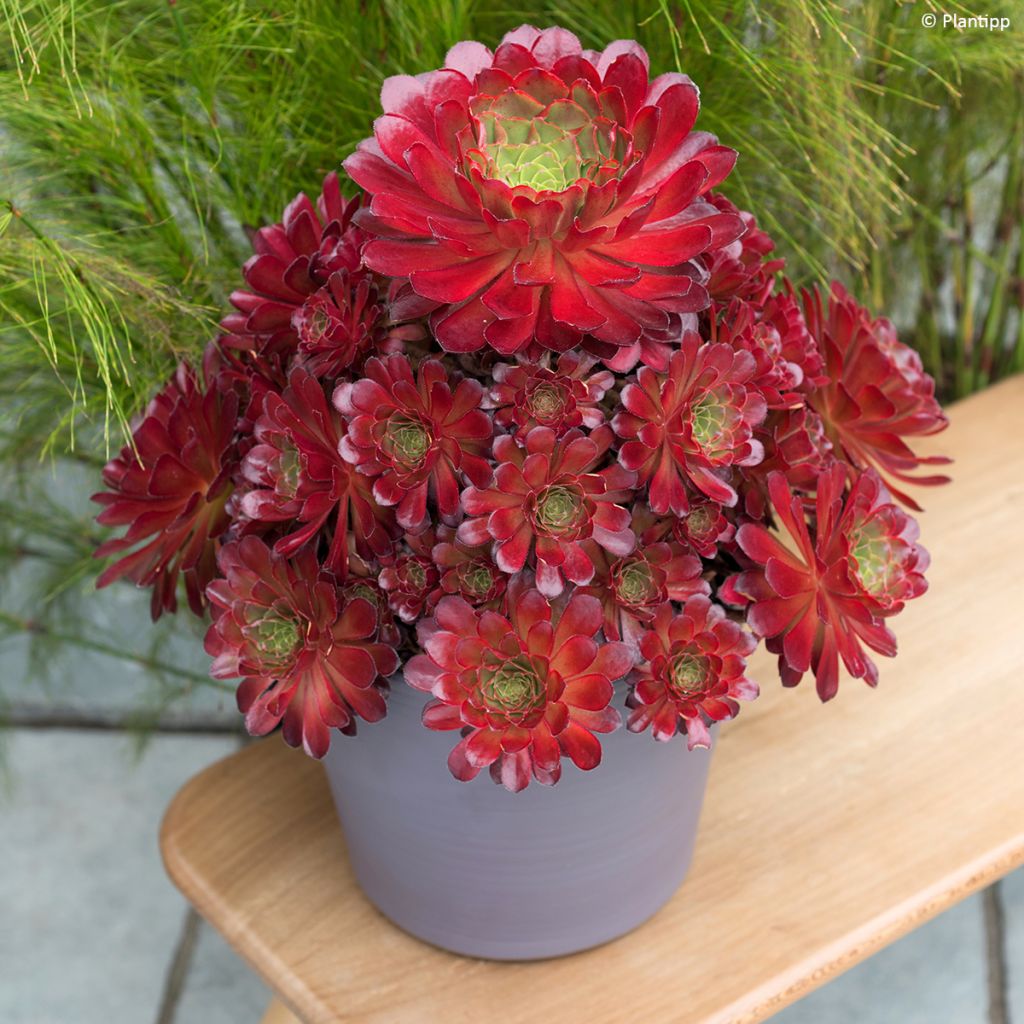

Semponium Sienna
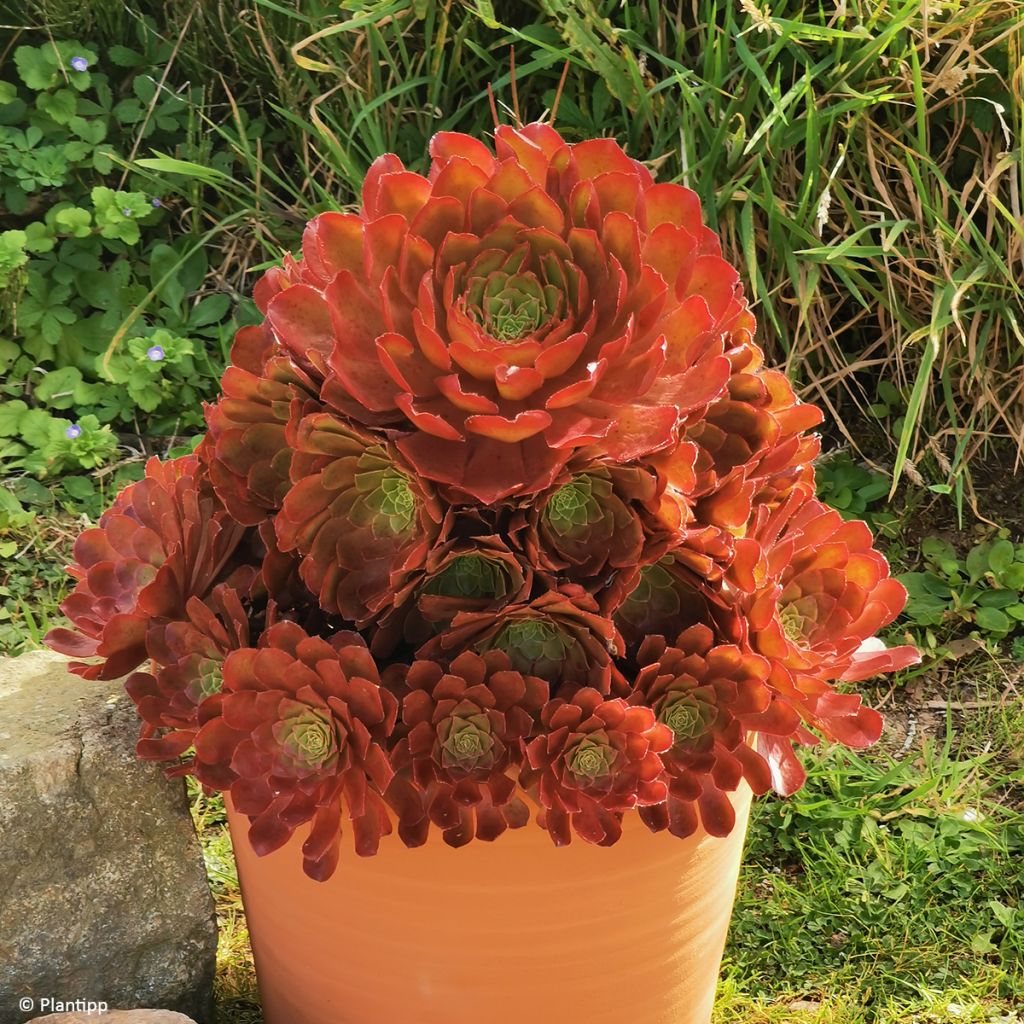

Semponium Sienna
Semponium Sienna
x Semponium Sempervivum x Aeonium Sienna
Sempervivum x Aeonium
Special offer!
Receive a €20 voucher for any order over €90 (excluding delivery costs, credit notes, and plastic-free options)!
1- Add your favorite plants to your cart.
2- Once you have reached €90, confirm your order (you can even choose the delivery date!).
3- As soon as your order is shipped, you will receive an email containing your voucher code, valid for 3 months (90 days).
Your voucher is unique and can only be used once, for any order with a minimum value of €20, excluding delivery costs.
Can be combined with other current offers, non-divisible and non-refundable.
Home or relay delivery (depending on size and destination)
Schedule delivery date,
and select date in basket
This plant carries a 12 months recovery warranty
More information
We guarantee the quality of our plants for a full growing cycle, and will replace at our expense any plant that fails to recover under normal climatic and planting conditions.
Would this plant suit my garden?
Set up your Plantfit profile →
Description
x Semponium 'Sienna' is the result of a unique intergeneric cross-breeding between Aeonium and Sempervivum, succulent plants characterised by their rosette foliage. 'Sienna' quickly forms a very dense cone of stunning colour that changes with the seasons: bright red from spring to autumn, green-purple from autumn to early winter, and dark burgundy red at the end of winter, with a bright green centre. It consists of a large rosette surrounded by an average of 12 smaller rosettes, with thick, sturdy, and glossy leaves. This plant is currently considered hardy up to -4ºC, but further testing is needed.
x Semponium 'Sienna' belongs to the Crassulaceae family. It is the first hybrid between two genera of succulent plants: Aeonium and Sempervivum, also known as houseleeks. The former are mainly native to the Canary Islands, but also to Madeira, Morocco, and Ethiopia. Aeoniums are beautiful perennials with rosette foliage in astonishing colours, and various shapes. Houseleeks, on the other hand, are commonly found in rocky meadows, on rocks and scree, especially in mountainous areas. They display lovely rosettes of green, golden, bluish, or reddish leaves. 'Sienna' is a cross between Aeonium 'Ice Warrior' and Sempervivum 'Green Ice'. It grows up to 40 cm high with an equivalent width and produces numerous offsets. This perennial consists of a central rosette surrounded by smaller peripheral rosettes. The leaves are quite narrow, spoon-shaped at the tip, thick, and overlapping, without petioles.
x Semponium 'Sienna', like its parents, is an excellent plant for dry or alpine rock gardens, in mild climates in full sun or partial shade and well-drained soil. It also thrives in containers and can be brought indoors to a conservatory in winter for protection from the cold. This Semponium is stunning in a pot thanks to its architectural design and conical habit. You can also combine it with various coloured houseleeks, Sedums, or Lewisia cotyledon with pink flowers for a harmonious rock garden.
Semponium Sienna in pictures
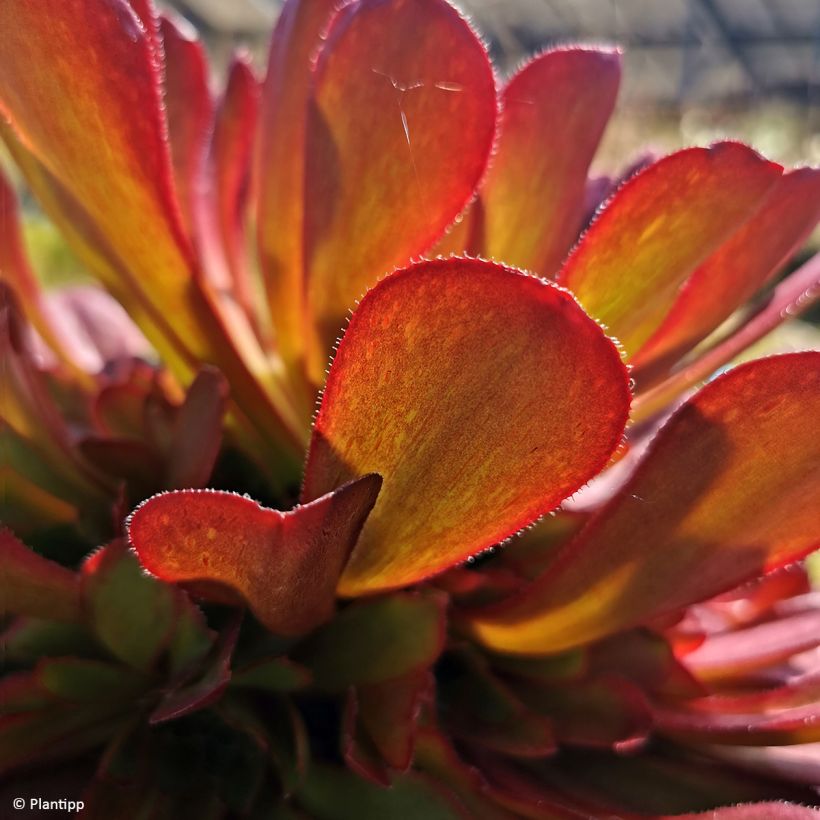



Foliage
Plant habit
Botanical data
x Semponium
Sempervivum x Aeonium
Sienna
Crassulaceae
Sempervivum x Aeonium
Cultivar or hybrid
Other Sempervivum - Houseleek
View all →Planting and care
x Semponium Sienna loves sunny exposures and well-drained, moist to dry, poor, sandy or gravelly soils. You can plant it in the ground or in a pot in the spring, adding gravel or coarse sand to the planting substrate, then it will look after itself.
If you want to multiply it, cut a few young rosettes and replant them elsewhere, slightly burying the roots. Make sure that it is not overwhelmed by taller plants, and does not get covered in dead leaves or vegetation.
Planting period
Intended location
Care
Planting & care advice
This item has not been reviewed yet - be the first to leave a review about it.
Similar products
Haven't found what you were looking for?
Hardiness is the lowest winter temperature a plant can endure without suffering serious damage or even dying. However, hardiness is affected by location (a sheltered area, such as a patio), protection (winter cover) and soil type (hardiness is improved by well-drained soil).

Photo Sharing Terms & Conditions
In order to encourage gardeners to interact and share their experiences, Promesse de fleurs offers various media enabling content to be uploaded onto its Site - in particular via the ‘Photo sharing’ module.
The User agrees to refrain from:
- Posting any content that is illegal, prejudicial, insulting, racist, inciteful to hatred, revisionist, contrary to public decency, that infringes on privacy or on the privacy rights of third parties, in particular the publicity rights of persons and goods, intellectual property rights, or the right to privacy.
- Submitting content on behalf of a third party;
- Impersonate the identity of a third party and/or publish any personal information about a third party;
In general, the User undertakes to refrain from any unethical behaviour.
All Content (in particular text, comments, files, images, photos, videos, creative works, etc.), which may be subject to property or intellectual property rights, image or other private rights, shall remain the property of the User, subject to the limited rights granted by the terms of the licence granted by Promesse de fleurs as stated below. Users are at liberty to publish or not to publish such Content on the Site, notably via the ‘Photo Sharing’ facility, and accept that this Content shall be made public and freely accessible, notably on the Internet.
Users further acknowledge, undertake to have ,and guarantee that they hold all necessary rights and permissions to publish such material on the Site, in particular with regard to the legislation in force pertaining to any privacy, property, intellectual property, image, or contractual rights, or rights of any other nature. By publishing such Content on the Site, Users acknowledge accepting full liability as publishers of the Content within the meaning of the law, and grant Promesse de fleurs, free of charge, an inclusive, worldwide licence for the said Content for the entire duration of its publication, including all reproduction, representation, up/downloading, displaying, performing, transmission, and storage rights.
Users also grant permission for their name to be linked to the Content and accept that this link may not always be made available.
By engaging in posting material, Users consent to their Content becoming automatically accessible on the Internet, in particular on other sites and/or blogs and/or web pages of the Promesse de fleurs site, including in particular social pages and the Promesse de fleurs catalogue.
Users may secure the removal of entrusted content free of charge by issuing a simple request via our contact form.
The flowering period indicated on our website applies to countries and regions located in USDA zone 8 (France, the United Kingdom, Ireland, the Netherlands, etc.)
It will vary according to where you live:
- In zones 9 to 10 (Italy, Spain, Greece, etc.), flowering will occur about 2 to 4 weeks earlier.
- In zones 6 to 7 (Germany, Poland, Slovenia, and lower mountainous regions), flowering will be delayed by 2 to 3 weeks.
- In zone 5 (Central Europe, Scandinavia), blooming will be delayed by 3 to 5 weeks.
In temperate climates, pruning of spring-flowering shrubs (forsythia, spireas, etc.) should be done just after flowering.
Pruning of summer-flowering shrubs (Indian Lilac, Perovskia, etc.) can be done in winter or spring.
In cold regions as well as with frost-sensitive plants, avoid pruning too early when severe frosts may still occur.
The planting period indicated on our website applies to countries and regions located in USDA zone 8 (France, United Kingdom, Ireland, Netherlands).
It will vary according to where you live:
- In Mediterranean zones (Marseille, Madrid, Milan, etc.), autumn and winter are the best planting periods.
- In continental zones (Strasbourg, Munich, Vienna, etc.), delay planting by 2 to 3 weeks in spring and bring it forward by 2 to 4 weeks in autumn.
- In mountainous regions (the Alps, Pyrenees, Carpathians, etc.), it is best to plant in late spring (May-June) or late summer (August-September).
The harvesting period indicated on our website applies to countries and regions in USDA zone 8 (France, England, Ireland, the Netherlands).
In colder areas (Scandinavia, Poland, Austria...) fruit and vegetable harvests are likely to be delayed by 3-4 weeks.
In warmer areas (Italy, Spain, Greece, etc.), harvesting will probably take place earlier, depending on weather conditions.
The sowing periods indicated on our website apply to countries and regions within USDA Zone 8 (France, UK, Ireland, Netherlands).
In colder areas (Scandinavia, Poland, Austria...), delay any outdoor sowing by 3-4 weeks, or sow under glass.
In warmer climes (Italy, Spain, Greece, etc.), bring outdoor sowing forward by a few weeks.






























